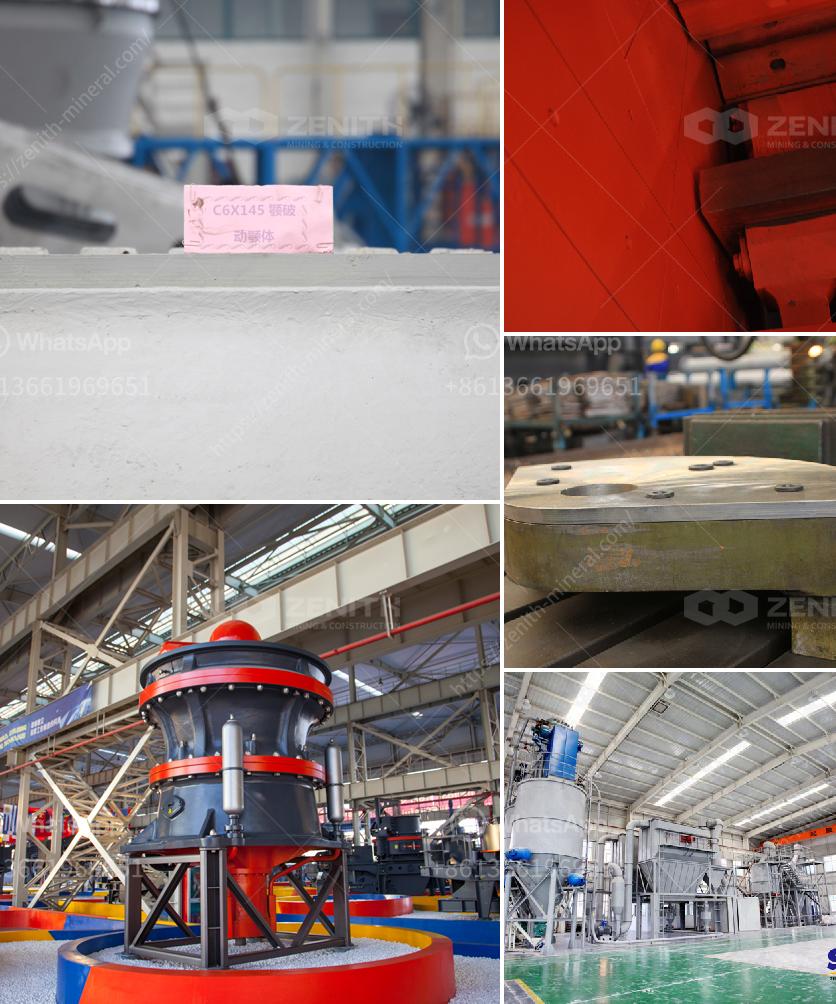The production of gypsum, a widely used material in construction and industry, involves several essential steps. These steps may vary slightly depending on the specific production methods and technologies used, but generally include:
Extraction: Gypsum is extracted from open-pit mines or underground mines. The raw gypsum ore is either blasted or excavated from the deposits and then transported to the processing facilities.
Crushing and Grinding: Once extracted, the raw gypsum is crushed and ground into a fine powder. This process increases the surface area of the gypsum, making it more reactive during the subsequent heating process.
Calcination: The ground gypsum is subjected to calcination, a heating process that removes the water content from the material. This is typically done in a kiln or rotary dryer. Calcination transforms the calcium sulfate dihydrate (CaSO₄·2H₂O) into calcium sulfate hemihydrate (CaSO₄·½H₂O), commonly known as plaster of Paris.
Cooling and Pulverization: After calcination, the material is cooled and further pulverized to achieve the desired fineness. This step ensures the gypsum powder is ready for the final application or molding into products.
Addition of Additives and Formulation: In the final step, additives are mixed with the gypsum powder to enhance its properties, such as setting time, strength, and resistance to moisture. The material can then be formulated into various gypsum products like boards, plasters, or other construction materials.
These steps are crucial for producing high-quality gypsum products that meet industry standards and requirements.
